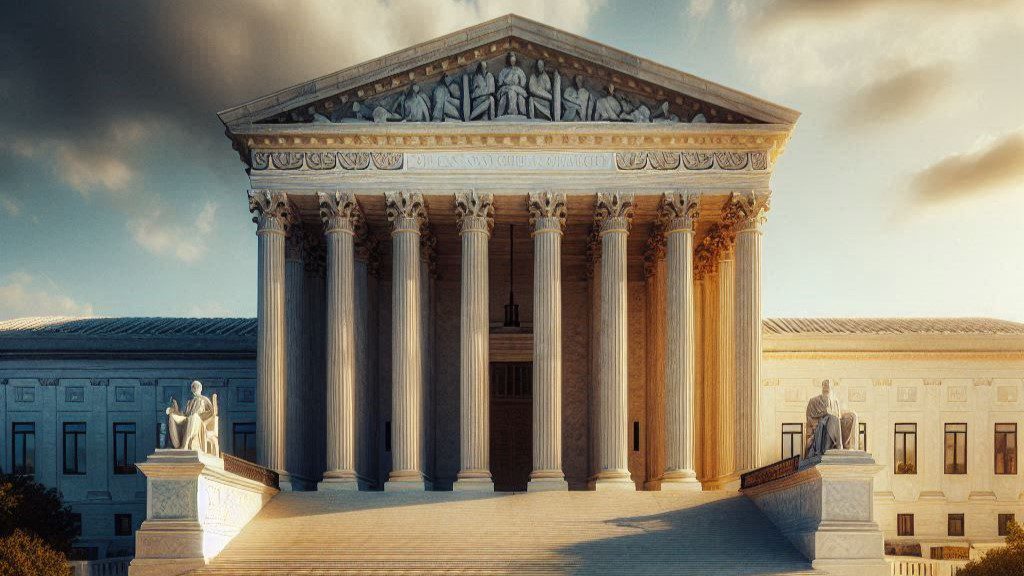A Flood of Funding on the Way
Randy Sukow
|

After years of rural broadband providers needing to fight tooth and nail for every penny of federal funding, the political pendulum has swung the other way. Broadband funding programs now have bipartisan popularity. There’s a lot of buzz, and some confusion, about funding opportunities, so let’s take a look at what the government actually has approved so far, and who is eligible to apply.
There are many proposals and bills in various stages of debate now, but Congress and the President have enacted just two major funding vehicles. First, President Trump signed the Consolidated Appropriations Act on Dec. 27, 2020. Then just last week, March 11, President Biden signed the American Rescue Plan. There are major broadband provisions in both Acts.
Potential Broadband Funding: The American Rescue Plan (2021)
The largest broadband-related provisions are not specific to broadband. Rather, they are large stimulus packages to states, localities and tribal entities who largely will set their own priorities. The Act permits but does not require funding for broadband infrastructure, discounts, digital literacy and related programs according to local needs.
This week, the NRECA outlined potential broadband funding opportunities in The American Rescue Plan in a memo (log in required) to members. It encourages broadband providers to contact their state broadband offices and/or state or local economic development authorities to learn how their states plan to manage this funding. NRECA’s memo provided the following details:
Coronavirus State and Local Fiscal Recovery Funds
The Rescue Plan included $219 billion for states and $130 billion for localities to cover a variety of needs. Eligible uses explicitly include broadband deployment. Awards will come directly from the U.S. Treasury within 60 days until expended.
Coronavirus Capital Projects Fund
The Rescue Plan also created a new $10 billion fund for states, territories and tribal governments. Each state will receive a minimum of $100 million to carry out critical capital projects directly enabling work, education and health monitoring, including remote applications.
Funding for Schools
Unlike the two previous funds aimed at state, local, and tribal governments, the FCC’s new $7.2 billion “Emergency Connectivity Fund” sends support directly to schools and libraries, similar to the existing “E-Rate” program. The goal is to close the homework gap by allowing eligible applicants to use funding for up to 100 percent of internet service, hotspot and eligible equipment costs. Funding will be available until exhausted or September 2030. The FCC is seeking public comment on program implementation.
Major Broadband Funding: Consolidated Appropriations Act (2020)
NRTC recently held a webinar on broadband funding opportunities, featuring experts from NTCA – The Rural Broadband Association and NRECA. The session mainly focused on programs funded by the federal government in December. To revisit some of the highlights:
FCC’s $3.2 Billion Emergency Broadband Benefit Fund
This program will help maintain home connectivity for consumers in financial distress by providing a $50 monthly discount ($75 on tribal lands) per eligible household; and up to $100 for connected devices.
- Who can apply? Households can apply for the discounts based on income criteria. Service providers, including those who do not hold the Eligible Telecommunications Carrier (ETC) status normally required for Universal Service programs, may apply to be reimbursed for the discounts. This is a complex program with many facets, including verification requirements based on the existing Lifeline low-income program.
More information about the fund is available on the Universal Service Administrative Co. and FCC websites.
NTIA’s $300 Million Broadband Infrastructure Deployment Grants
Congress directed the National Telecommunications and Information Administration (NTIA), part of the Commerce Department, to administer grants to build service of at least 100 Mbps downstream and 20 Mbps upstream. That represents an increase from 25/3 minimums found in many other existing broadband programs.
- Who can apply? These grants will be provided to states, or political subdivisions within a state. Broadband providers can partner with states and/or subdivisions to apply. Specific rules are anticipated soon.
NTIA’s $1 Billion Tribal Broadband Connectivity Program
In addition to infrastructure deployment, this program could support free or reduced-cost service, distance learning, broadband adoption and digital literacy initiatives, telehealth and others.
- Who can apply? Applicants for this funding must be tribal entities. However, tribal entities can partner with non-tribal broadband providers as subgrantees. Specific rules should be available soon.
RUS $635 Million Reconnect Broadband Grants & Loans Program
The Act augments funding for the U.S. Department of Agriculture’s Rural Utilities Service (RUS) and its ReConnect Program providing grants, loans, and grant/loan combinations. Applicants define the areas they wish to cover; areas are not dependent on census blocks. RUS has published a notice saying rules could be effective on April 27, 2021.
- Who can apply? Cooperatives, non-profits, or mutual associations; for-profit corporations or limited liability companies; states, territories, local governments, or any subdivisions; and tribal entities.
More information is available on the RUS website. RUS has published the rules in the Federal Register.
FCC’s E-Rate and TeleHealth Programs
Congress provided $250 million specifically for a COVID-19 Telehealth initiative, based on the existing universal service Telehealth program. The FCC also is expanding E-Rate rules to cover distance-learning users. The program currently wires schools and libraries to the internet.
- Who can apply? The E-Rate program is designed for schools and libraries. Telehealth is aimed at health care providers. In both cases, it is not unusual for the applicants to work with broadband providers. More information is available on the FCC’s E-Rate and COVID-19 Telehealth websites.
This list is not comprehensive, and Congress is considering further broadband funding packages. NRTC will continue to work with our members, national associations and government officials to keep you informed as the funding landscape develops.
Update, March 22: An earlier version reported the wrong amount for Coronavirus Local Fiscal Recovery Funds. We have corrected it in the story.


